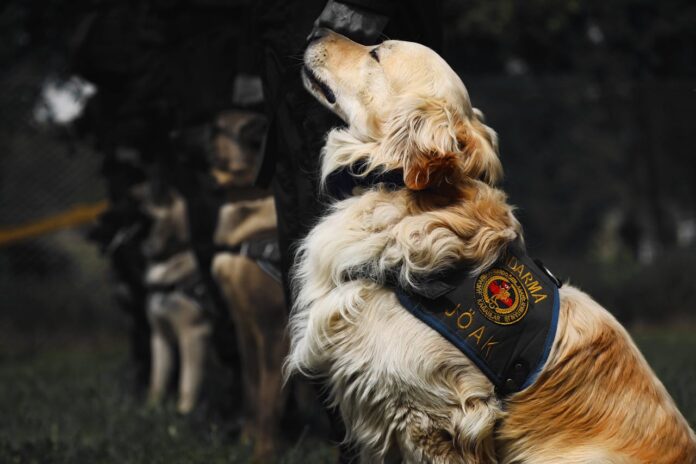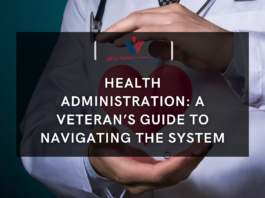For centuries, canines have been used in various ways and have shown their worth as faithful partners in war and peace. These are some of the most loyal and versatile breeds, making them valuable assets to the military worldwide. Domesticated dogs to highly trained army dogs. They can do it all! Let’s take a look at these types of dogs.
Table of Contents
Military Dog Breeds
1. German Shepherd
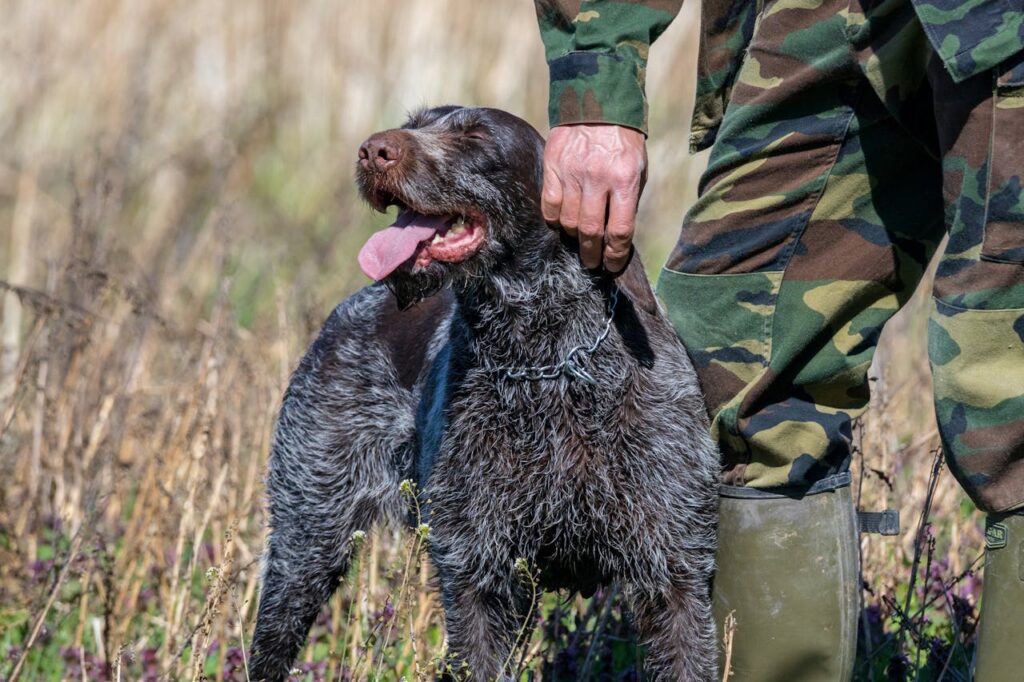
Captain Max von Stephanitz initially bred German dogs in the late nineteenth century. They had to herd and guard sheep. This breed quickly became a favorite because of its intelligence, muscle strength, and trajectory. German Shepherds were used as sentinels, dispatch carriers, and in search and rescue missions during the First World War. Their use was embraced by military organizations across the globe later.
Key Qualities
- German Shepherds are one of the most intelligent types of dogs. They are quick learners and can follow complicated commands, making them suitable for fields that demand precision.
- Strength and Endurance: Due to their strength and fitness, they can perform several tasks and work long hours in different environments.
- Loyalty and Protective Instincts: Their strong bond with their owners enhances productivity. They are admired for their obedience and safety instincts. Their protective instincts also make them great for guard and patrol work.
Roles in the Military
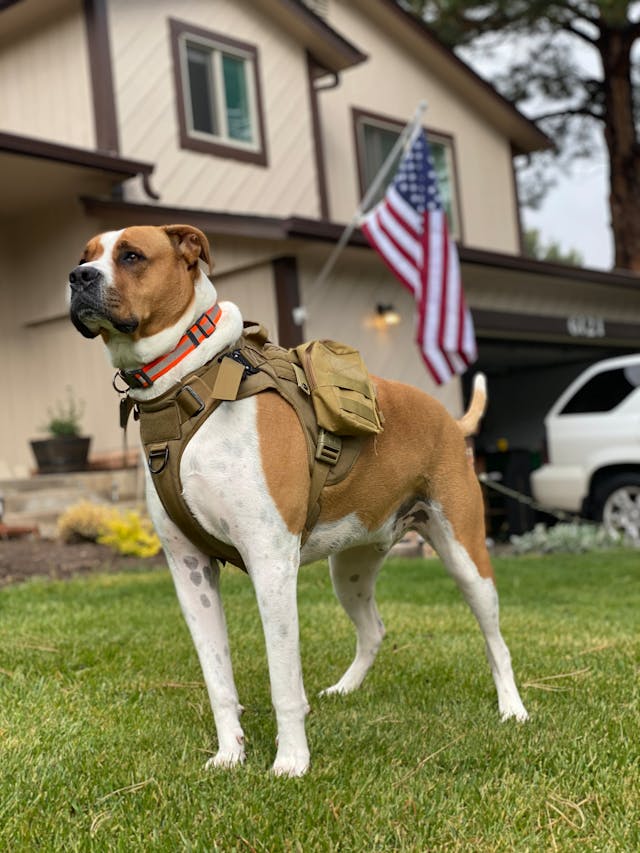
- German Shepherds are very useful in patrol and scouting duties. They have a good sense of their surroundings and can act in dangerous situations.
- Detection of Explosives and Narcotics: They can detect explosives and narcotics. This stops attacks and distribution of substances.
- Search and Rescue Operations: Their speed and stamina allow them to navigate complex terrain, find lost individuals, and protect their owners, saving lives.
The German Shepherd’s features of initiative, tenacity, and obedience make this breed a valuable helper in the army.
2. Belgian Shepherd
The Belgian Malinois is one of four breeds of Belgian sheepdogs. It was bred in Belgium at the end of the nineteenth century as a herding dog for sheep and cattle. The breed was valued for its speed, intelligence, and determination.
Key Qualities
- Belgian Malinois are famous for their astounding ability to leap and run. This makes them suited for jobs that demand quick movements and accurate actions in tricky places.
- High Energy and Drive: These dogs do not get tired easily, so they have great desire and a high working rate. They maintain set standards and productivity in various working areas.
- Intelligence and Adaptability: Belgian Malinois are intelligent and versatile, with immense obedience and agility to perform complicated tasks. Military tasks require good decision-making skills, quick thinking, and the ability to solve problems, and this breed possesses all of these traits.
Roles in the Military
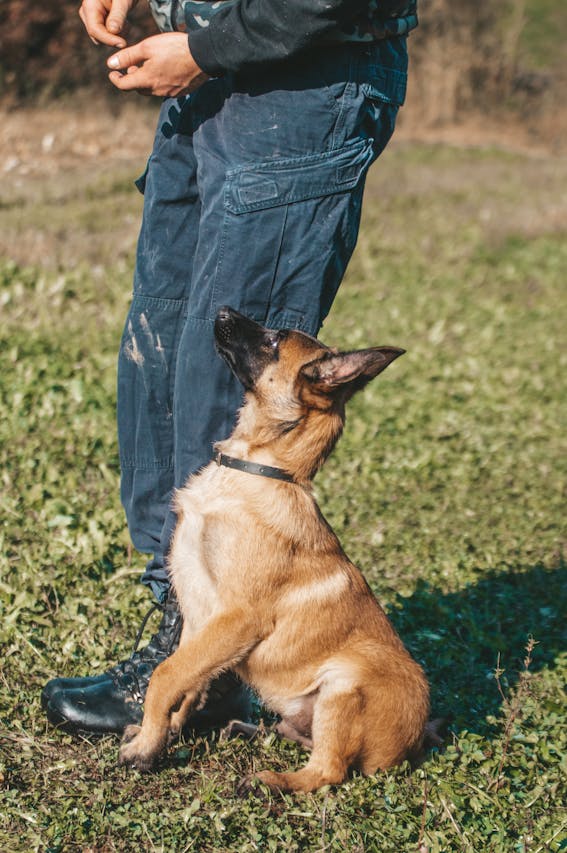
The following are some of the specific works that Special Operations Forces undertake:
- Belgian Malinois are preferred in the Special Operations Forces for their speed, smartness, and dependability. They act as personnel in dangerous operations such as raids and spying activities.
- Detectors for Explosives and Tracking: The Belgian Malinois’s strong sense of smell helps to detect explosives and track people. Accuracy is crucial to identifying threats and common hazards affecting military and civilian lives.
- Apprehension and Attack Roles: Their skill in chasing and arresting suspects ensures order and safety during operations.
The Belgian Malinois is an irreplaceable breed in modern military operations due to its speed, energy, and intelligence.
3. Labrador Retriever
This dog breed originated in Newfoundland, Canada, and was bred for fishing. These dogs stayed with fishermen to help them retrieve nets, ropes, and fish from the North Atlantic waters. The breed’s swimming instinct and hard-working nature made them very good companions.
Transformation Into A Multifunctional Working Breed
In the following years, Labradors were taken to England, where they evolved through selective breeding processes and became what they are today. They became a multipurpose breed and were applied in most working professions, such as hunting, guiding blind people, and search and rescue.
Key Qualities
- Labradors do not have any significant health issues, poor temperaments, or behavioral problems. These friendly pups are suitable for military environments since they have to interact with various people.
- Strong Sense of Smell: Labradors have an excellent knack for smelling, making them suitable for detection. They have flexibility in their senses and can hold smell for purposes such as identifying explosives and narcotics.
- High Trainability: Labradors are easily trainable and obedient, suitable for activities demanding serious training. They are also intelligent and willing to work, making them excellent partners for numerous activities.
Roles in the Military
- Detecting Explosives and Narcotics: Dangerous substances threaten human lives, property, and the environment. Labradors prove very useful in detection assignments. They are primarily used in conducting searches for explosives and narcotics to protect the troops and the general population.
- Search and Rescue Missions: Labradors again play crucial roles in search and rescue due to their speed, stamina, and sometimes their noses. They work under challenging circumstances and conditions, like searching for lost people.
- Therapies and Entertainment for the Military Forces: These dogs are generally happy and reduce stress, so it is not surprising that Labradors are used as therapy dogs. They assist in increasing troop morale, overcoming psychological anxieties, and providing support within some of the most hazardous theatres.
In summary, their friendliness, powerful sniffing ability, and obedience make them very useful to the military as a detection or rescue dog or a morale booster.
Training and Selection Process
The first selection step involves examining breeds to find the most suitable. Puppies and young dogs are usually selected. The introductory process involves temperament, physical health, and basic obedience tests.
These dogs are trained at specialized institutions for a task. The training uses a step-by-step formation, where they would learn the basics. This includes obedience and socialization before moving to specialized training. After basic training, every task differs.
Conclusion
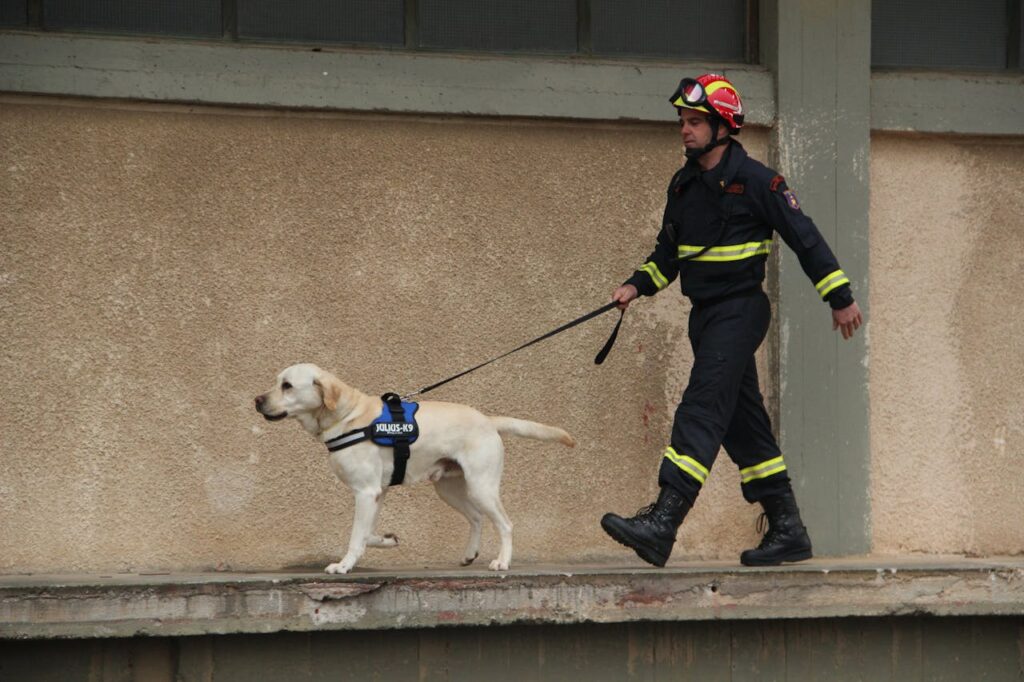
While German Shepherds, Belgian Malinois, and Labrador Retrievers are the top military dog breeds, they are not the only ones. Dutch Shepherers are mainly used for patrol and detection. Rottweilers and Boxers are used chiefly for guard and protection. Doberman Pinschers and Springer Spaniels are helpful in the military in various ways. Each of these types of dogs have their unique traits and excels in different tasks.
